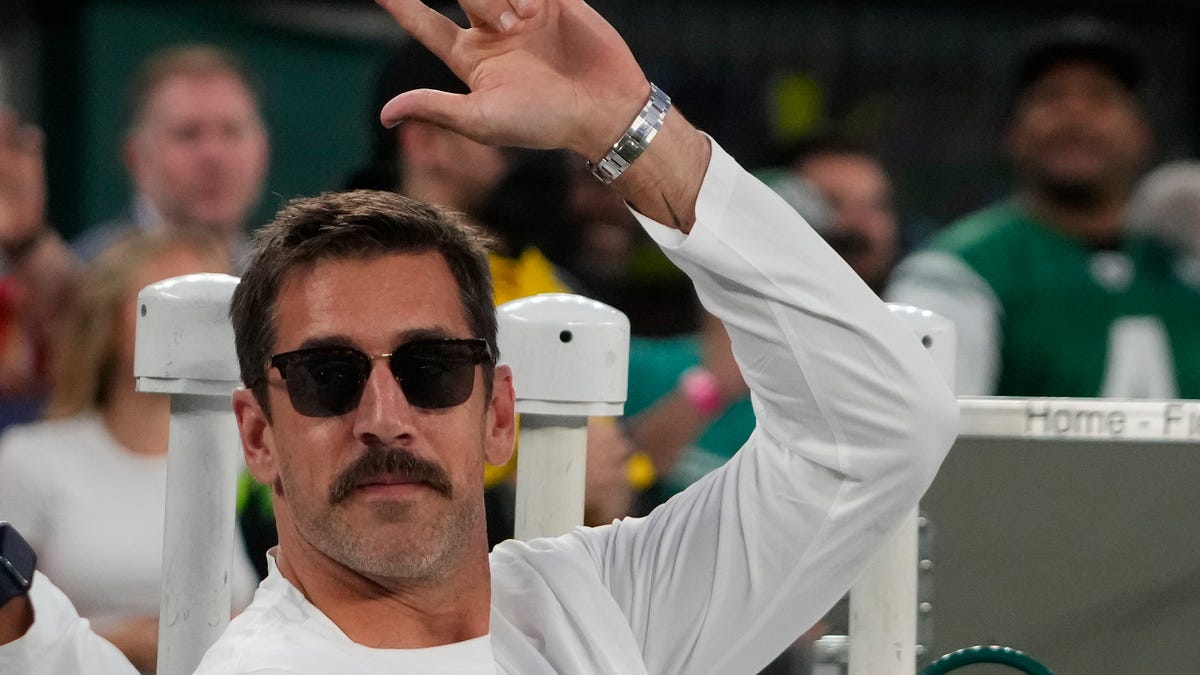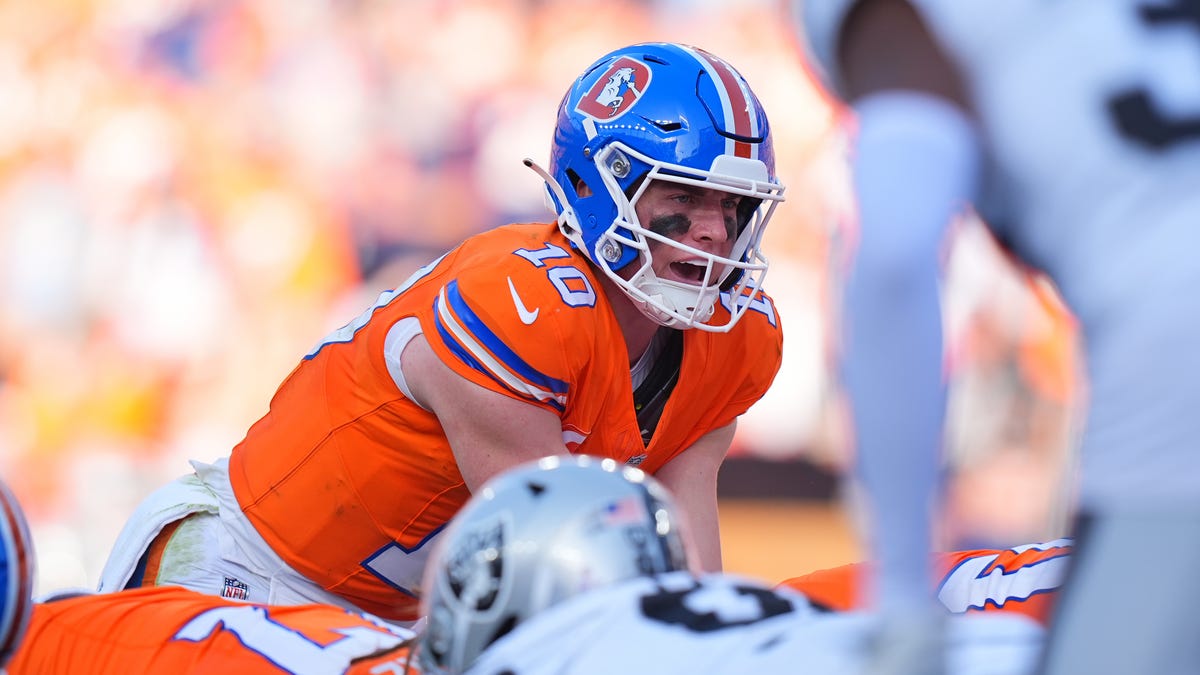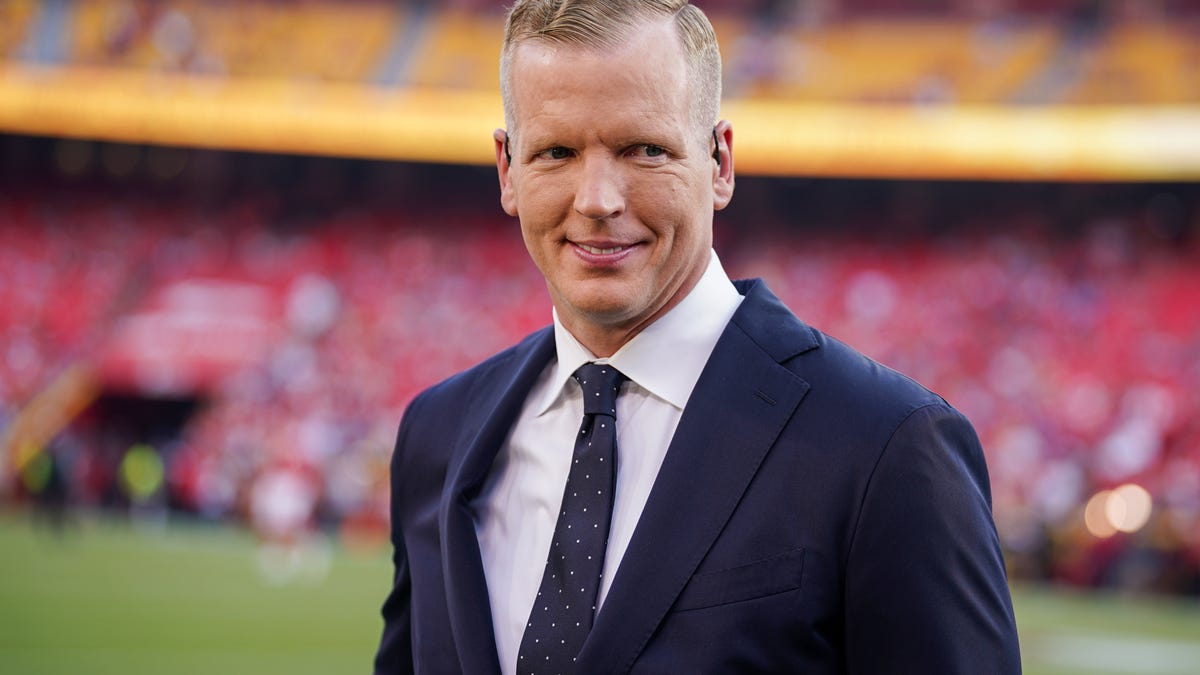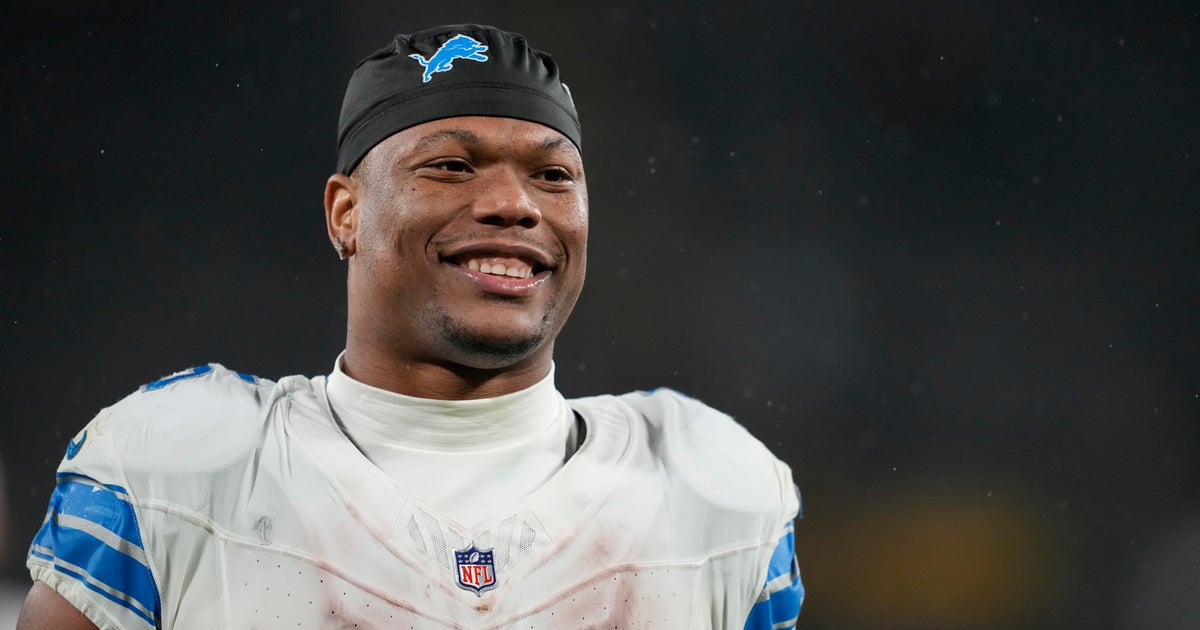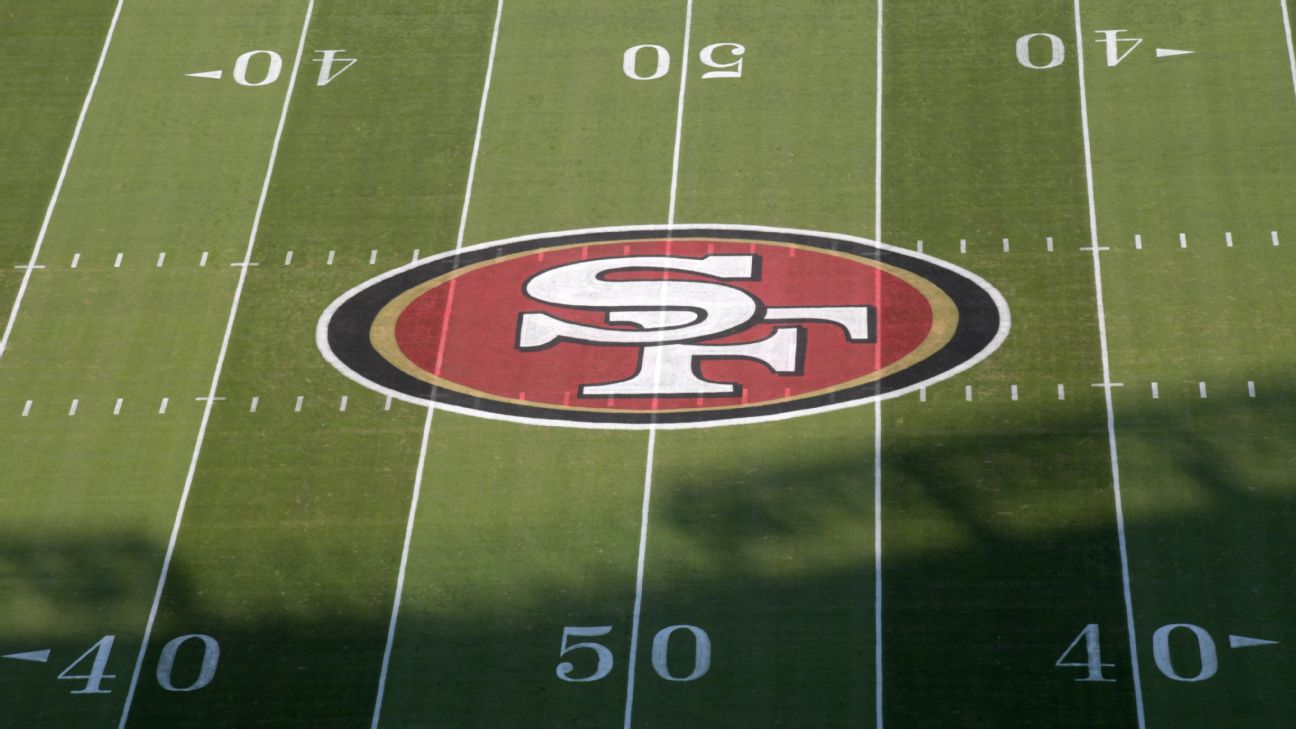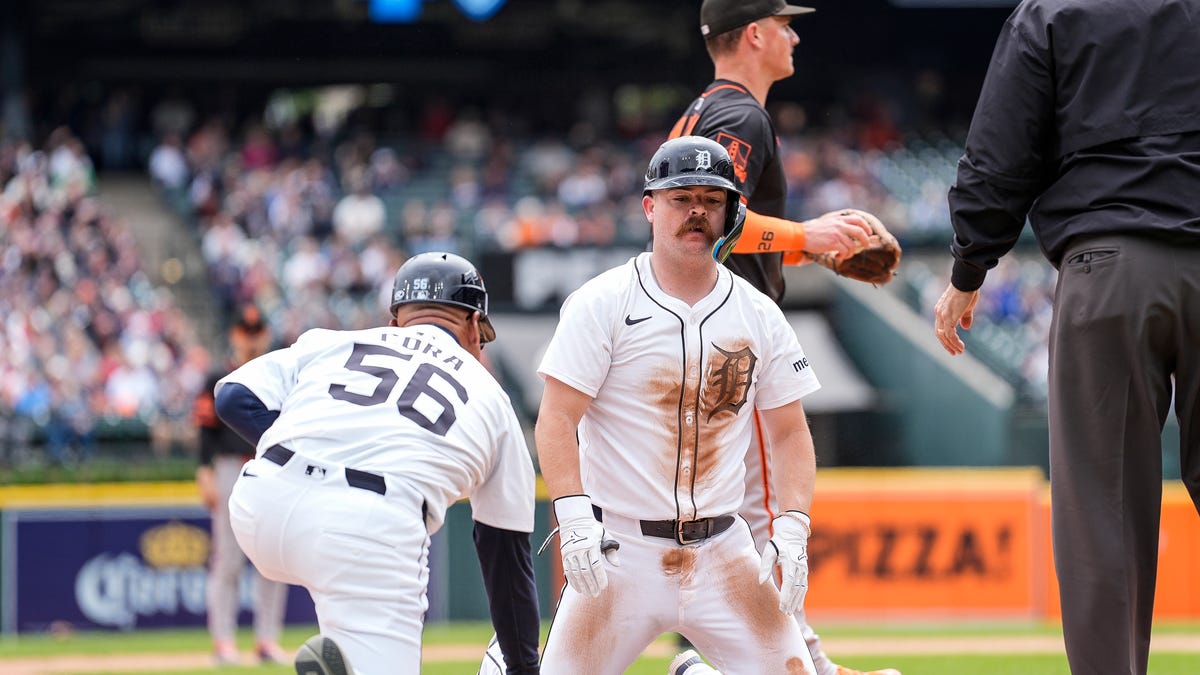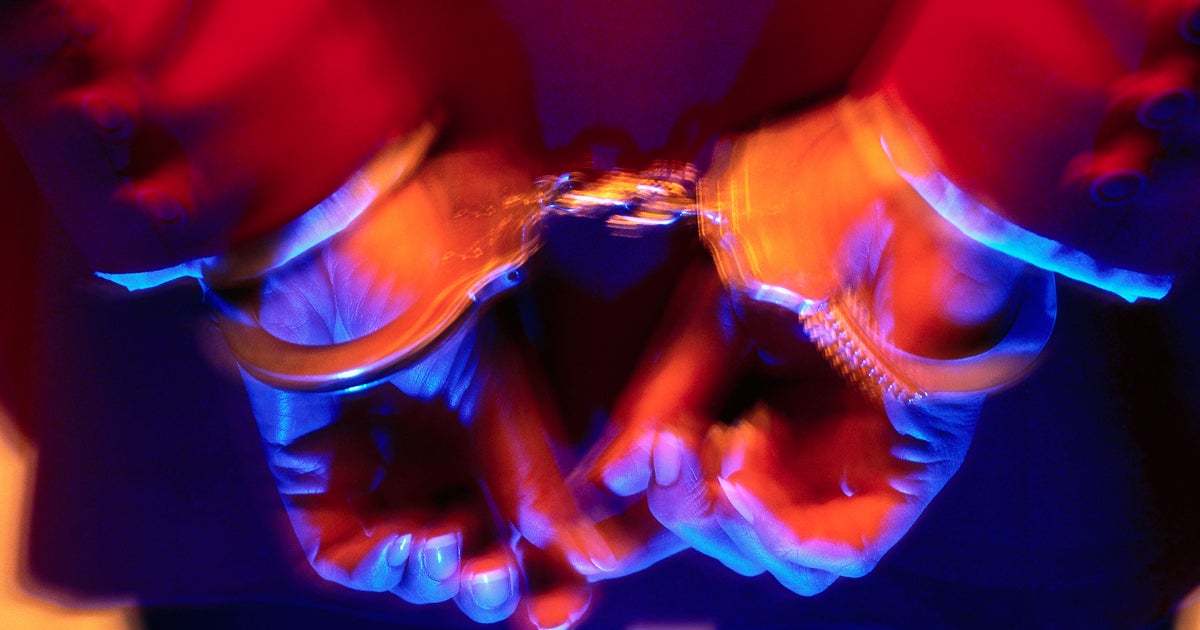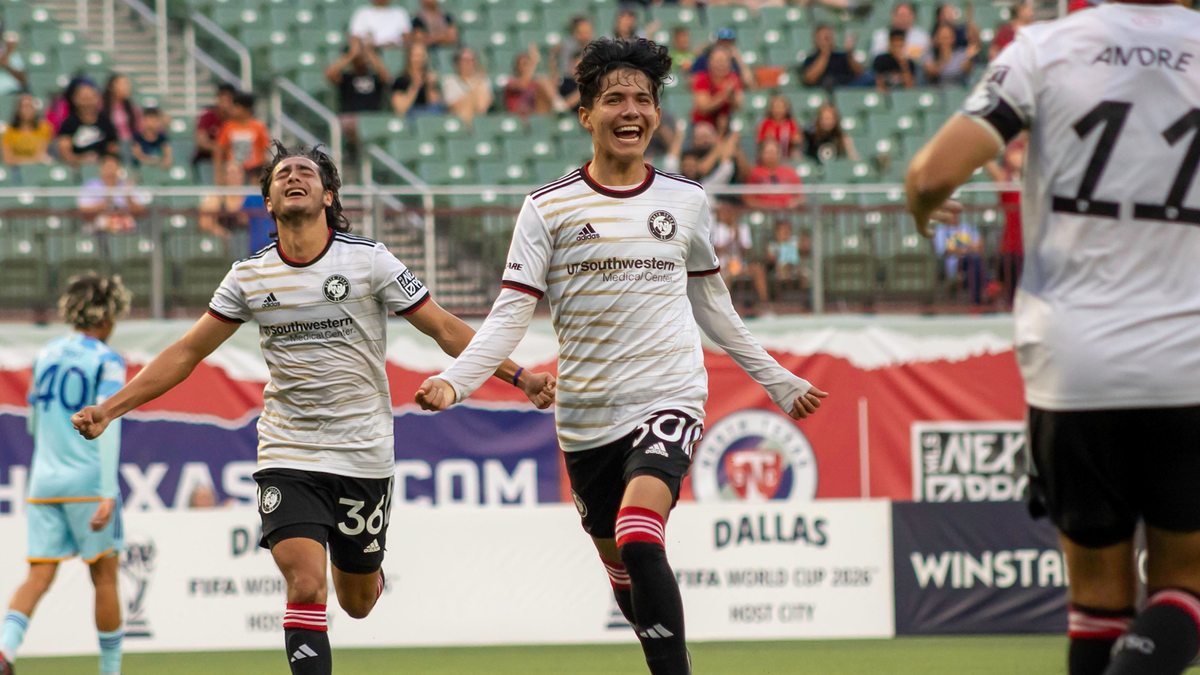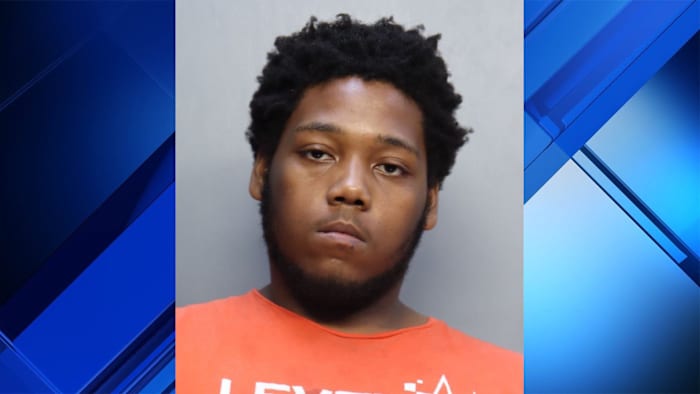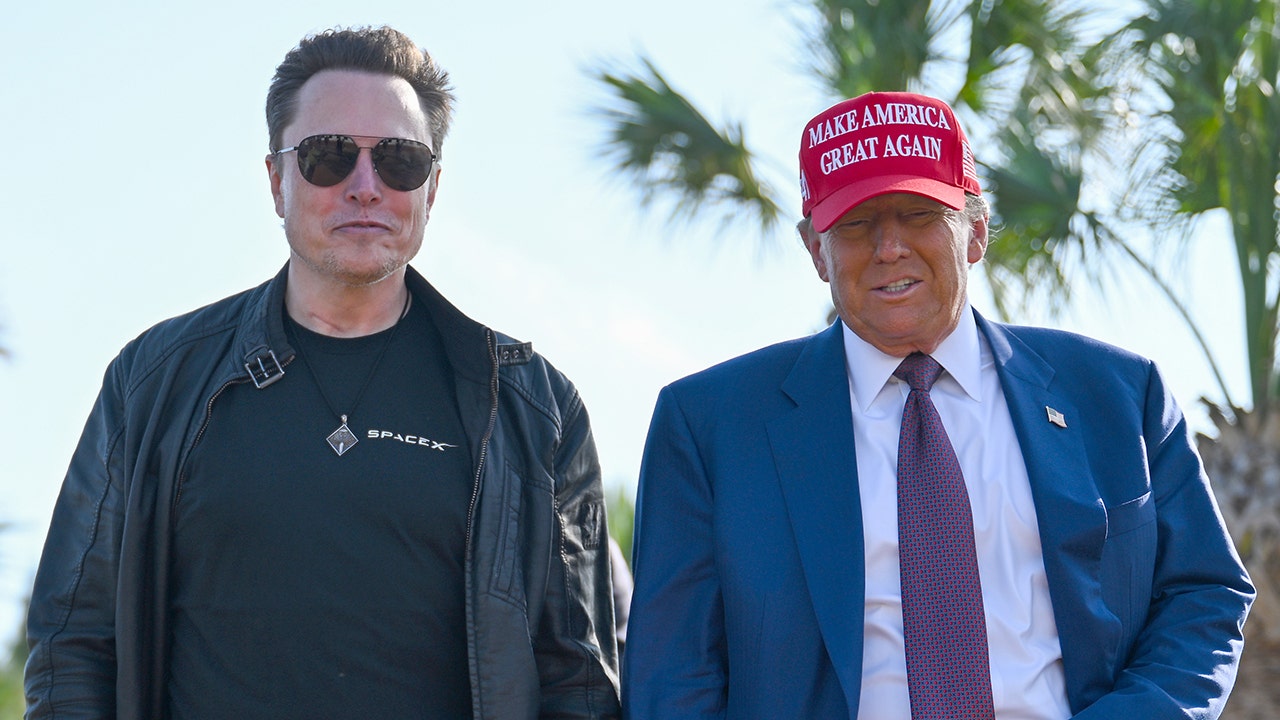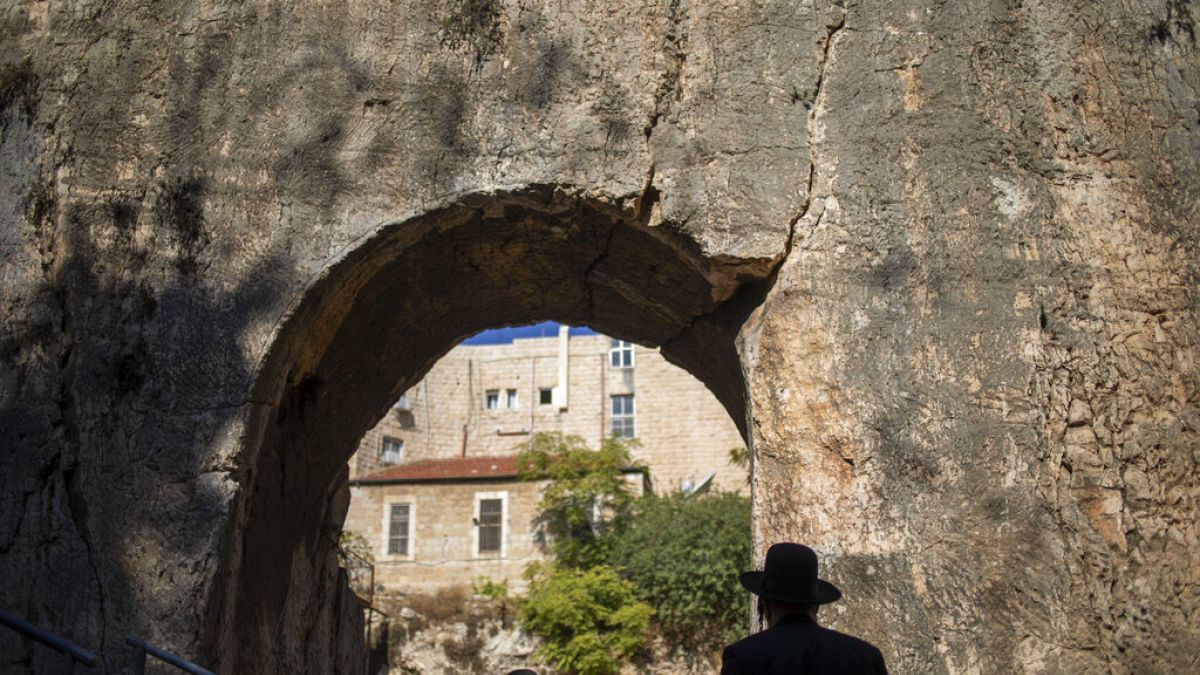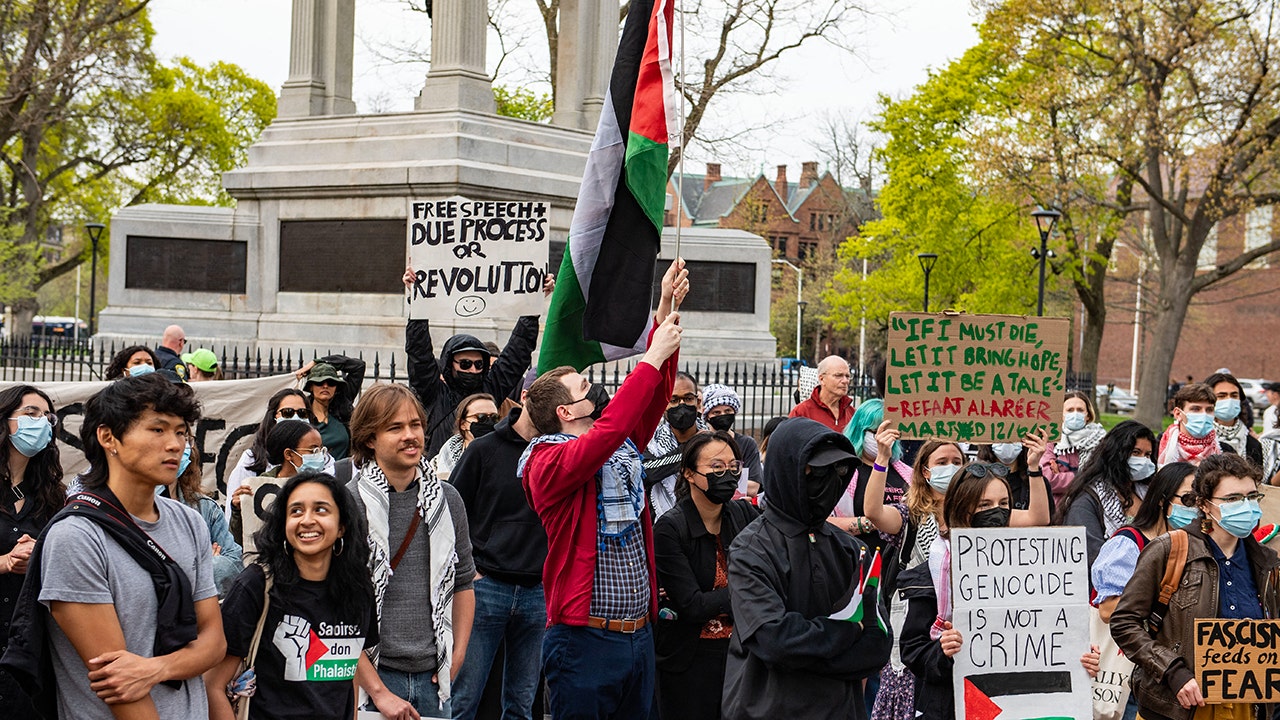(Illustration: Eamonn Dalton / The Athletic; Top photo of Patrick Mahomes: Ronald Martinez / Getty Images)
Culture
Patrick Mahomes’ turnover woes, Derrick Henry’s dominance, more from Week 4: Quick Outs

Week 4 is in the books — and it still feels weird to say that’s technically not the quarter mark of the season anymore. Whatever. September football is over now, so, spiritually, we’re moving into a new section of the NFL season.
In this installment of Quick Outs, we’ve got a couple of star AFC quarterbacks who aren’t playing quite like themselves, a worthy adversary for Brian Flores, and a little appreciation of one of the rarest runners the sport has ever seen.
Time to dive in.
GO DEEPER
NFL Power Rankings Week 5: Believing in the Vikings and rookie check-in
Let’s talk about it: Patrick Mahomes’ turnover issues
There is too much Texas Tech in Patrick Mahomes’ game right now.
Mahomes has thrown five picks to start the season — at least one in each game, two in a near-loss to the Cincinnati Bengals. That total — currently the third-most in the NFL — is the most Mahomes has ever thrown through the first four games of a season.
Now, we’ve done this song and dance with Mahomes before. I know that. He (and the Chiefs at large) could not stop turning the ball over early in the 2021 season either. A majority of the interceptions that season felt fluky, though. Drops, tipped passes, miscommunications — everything that could go wrong outside of the quarterback’s control went wrong.
That’s not really the case right now. The funky interception Mahomes threw to Roquan Smith in the opener can go down as a fluke, but I’m willing to put the others on Kansas City’s QB.
.@bengals pick off Mahomes on the first play of the drive!
📺: #CINvsKC on CBS/Paramount
📱: https://t.co/waVpO909ge pic.twitter.com/q9G42w9vi0— NFL (@NFL) September 15, 2024
Against the Bengals, Mahomes threw his first interception by trying to squeeze a deep sit route past a zone defender in Cover 2. The zone linebacker had nobody to cover on his side of the field and melted right back to the middle to pick off Mahomes.
Later in the game, Mahomes tossed up a 50-50 ball to 165-pound Xavier Worthy vs. CB Cam Taylor-Britt. Taylor-Britt made an insane one-handed catch, no doubt, but there’s just no world in which throwing a contested go ball to Worthy against a much bigger cornerback makes any sense.

GO DEEPER
Chiefs keep surviving everyone’s best shot, but margin for error gets slimmer with Rice injury
Mahomes’ end-zone interception against the Atlanta Falcons was a classic case of not seeing a safety flying back across the field to find the ball. Against the Los Angeles Chargers this past weekend, Mahomes simply overthrew his man on a heavily contested corner route. (I don’t knock him as harshly for that one because it’s a throw I know he’s capable of making, but you still have to hit it at the end of the day.)
Mahomes is probably going to be fine by the end of the season. He’s the best quarterback in the league and a back-to-back defending Super Bowl champion, so there’s no reason to doubt that this is just a blip on the radar.
The turnovers are a legitimate issue right now, though, and they have played a sizable role in all of the Chiefs’ games being so close.
Stat check: Trevor Lawrence’s off-target rate
One month into the season, Trevor Lawrence’s 16.4 percent off-target rate is the third-worst in the NFL, according to PFF. Only Bryce Young and Anthony Richardson have been worse. The former was benched for Andy Dalton; the latter is seen as the league’s biggest scattershot, even by his most optimistic supporters.
Lawrence is an eminently frustrating player. For most of the past three years, the film has painted Lawrence in a positive light, despite misfortune all around him. A couple misfires here and there would draw out his biggest detractors, but Lawrence was by and large a stud at the position. The team-wide results just weren’t there.
That’s just not the case right now. Lawrence is less accurate than ever, plain and simple. Those two or three misfires per game have turned into five or six. He’s not much different or worse when it comes to decision-making or creation ability or aggressiveness — the throws just aren’t connecting.

GO DEEPER
NFL QB stock report, Week 5: Is Justin Herbert underutilized? Jayden Daniels surges up ranks
Lawrence always had some weird misses, like I said, but it’s never been this bad. He’s typically hovered around an 11 percent off-target rate in other seasons, with a previous high of 12.4 percent. Those are mediocre marks, but not debilitating by any means.
The cope angle if you’re a Jaguars fan is that Lawrence’s average depth of target is much higher this year, so naturally he should be missing more throws. That’s true. Lawrence’s 10.3-yard average depth of target is nearly two yards above his previous career high. Even with degree of difficulty in mind, though, Lawrence is missing way more than he should. Lawrence currently holds a -8.5 completion percentage over expected, according to Next Gen Stats; his previous career low was -5.3 percent during that cursed rookie season under Urban Meyer.
I’m mildly concerned that Lawrence is in need of a little career rehabilitation. He is not the same player we saw peak at the end of 2022 or battle through irritating circumstances in 2023. He’s also not broken beyond repair, but there’s a level of uncertainty and shakiness to the way he plays now that was not there in years past.
Hopefully things normalize as the season goes on. Still, it’s hard to imagine the vibes around the NFL’s only winless team are going to get much better.
Can we just appreciate how ridiculous Derrick Henry is?
He is a 6-foot-4, 247-pound home-run hitter — an optical illusion at running back. Every other runner with anything close to that style of build is a bruiser, but Henry has always done his best work on the perimeter and with a runway.
Moreover, it’s a marvel Henry remains that kind of player at 30 years old with more than 2,000 NFL carries under his belt, never mind the beating he took at Alabama. The dreaded running back “cliff” should have come for Henry, but he just continues to outrun Father Time and run through opposing defenses. He looks as good as ever in Baltimore’s purple and black.
GO OFF KING
Tune in on NBC! pic.twitter.com/fJ5A4eP6on
— Baltimore Ravens (@Ravens) September 30, 2024
Henry does give the Ravens the beef between the tackles they needed in the absence of Gus Edwards, but what he offers them out in space is the real catalyst for success. Henry is currently second in explosive rushes (12-plus yards) this season with nine, per TruMedia. The only player ahead of Henry is Indianapolis Colts running back Jonathan Taylor (10 explosive runs).
Some of that explosive ability is tied to what Lamar Jackson affords a rushing offense in terms of space. The same is true of Taylor playing alongside Richardson, but Henry really is uniquely gifted in the open field for a big man. In 2024 alone, Henry has six runs on which he’s hit at least 18 MPH, per Next Gen Stats. All the players ahead of him on that list are quarterbacks (like Jayden Daniels, Kyler Murray and, of course, Jackson). It does not compute that a man as large as Henry can run with those guys.
Henry has long been doing this, too. Since entering the league in 2016, Henry has hit at least 18 MPH on 85 runs. No other player who weighs at least 240 pounds has more than 35 over that span — and it’s quarterback Cam Newton at that number. The only other running back with double digit 18-plus MPH runs over that span is Najee Harris (12).
There just isn’t another dude like Henry. He has the size and violence to ruin someone’s day with the meanest stiff arm you’ve ever seen before hitting the gas and tearing away from every other defender on the field. Henry is truly one of one, and we should appreciate how insanely cool it is that he is playing next to Jackson in Baltimore’s backfield.

GO DEEPER
NFL playoff projections 2024: Are Commanders team to beat in NFC East?
Scramble drill: Jordan Love vs. Brian Flores
Jordan Love threw three picks in a loss, but I swear he had the right idea for how to attack Brian Flores’ defense.
In theory, Love is the perfect quarterback to deal with Flores’ blitz-laden defense. He is both tough and creative in the pocket. Moreover, he throws with unwavering confidence — the kind of confidence that gets you burned as much as it does you any good. That’s the kind of mindset you need to beat a Flores defense that will send bodies, forcing you to make throws down the field and into traffic.
The problem for the Packers is that the volatility that style of defense invites got them in the first half.
.@k_grugierhill gets his hands on the INT!
📺: @NFLonCBS pic.twitter.com/iJVu45ANrt
— Minnesota Vikings (@Vikings) September 29, 2024
Love’s first interception was on a square-in to Christian Watson. The Vikings put ‘backers in the right A and B gaps, only to pop both off and drop them in coverage. Love tried to beat them with the throw coming in from the left side, but linebacker Kamu Grugier-Hill made an unreal pick in traffic.
Later in the half, Love threw another interception on another pressure. Flores put five defenders on the line, baiting Green Bay to play a man-style protection scheme. The defensive linemen over the left guard knifed inside while the edge defender took it wide, opening a huge lane for a blitzing off-ball linebacker to pop Love as he tried throwing a high-low concept. The ball tipped off his tight end’s hands right to a Vikings defender.
Love did what he had to do from then on, though. He kept throwing from tight pockets and driving the ball into contested windows, continued to bounce in and around the pocket to buy time when needed, and most of all, did not stop ripping it into all the downfield voids left open by Flores’ blitzes. He did not back down or spiral out of control the way most guys do versus Flores.

GO DEEPER
Jordan Love struggles in return but shows franchise-QB mettle in comeback effort
Love finished the day 7 of 17 for 188 yards, one touchdown and one pick on throws of at least 15 yards. The completions, attempts and yards were more than any other quarterback on the week. It wasn’t perfect, by any means, but Love did the right thing by continuing to fight fire with fire, ultimately bringing the Packers close enough to put the game to an onside kick.
Teams and quarterbacks around the league should take notice of the damage Love did by playing like a psychopath in the second half. If Flores is going to call an unhinged style of defense, the quarterback has to play equally unhinged to beat it.

Culture
Can You Match These Canadian Novels to Their Locations?

A strong sense of place can deeply influence a story, and in some cases, the setting can even feel like a character itself. This week’s literary geography quiz highlights novels with settings in Canada. To play, just make your selection in the multiple-choice list and the correct answer will be revealed. Links to the books will be listed at the end of the quiz if you’d like to do further reading.
Culture
How Manga Megastar Junji Ito Makes Terrifying Series Like ‘Uzumaki’

The horror cartoonist Junji Ito, creator of popular series like “Tomie” and “Uzumaki,” is one of manga’s biggest stars in the United States. And even those who don’t know his name might find his art oddly familiar, because adaptations of his work have repeatedly crossed over into more mainstream culture — often entirely out of context.
Culture
Do You Know the English Novels That Inspired These Movies and TV Shows?

Welcome to Great Adaptations, the Book Review’s regular multiple-choice quiz about books that have gone on to find new life as movies, television shows, theatrical productions, video games and more. This week’s challenge is focused on popular books set in 18th- and 19th-century England that have been adapted for the screen. Just tap or click your answers to the five questions below. And scroll down after you finish the last question for links to the books and their filmed versions.
-

 News1 week ago
News1 week agoMaps: 3.8-Magnitude Earthquake Strikes Southern California
-

 World1 week ago
World1 week agoPortuguese PM’s party set to win general election, fall short of majority
-
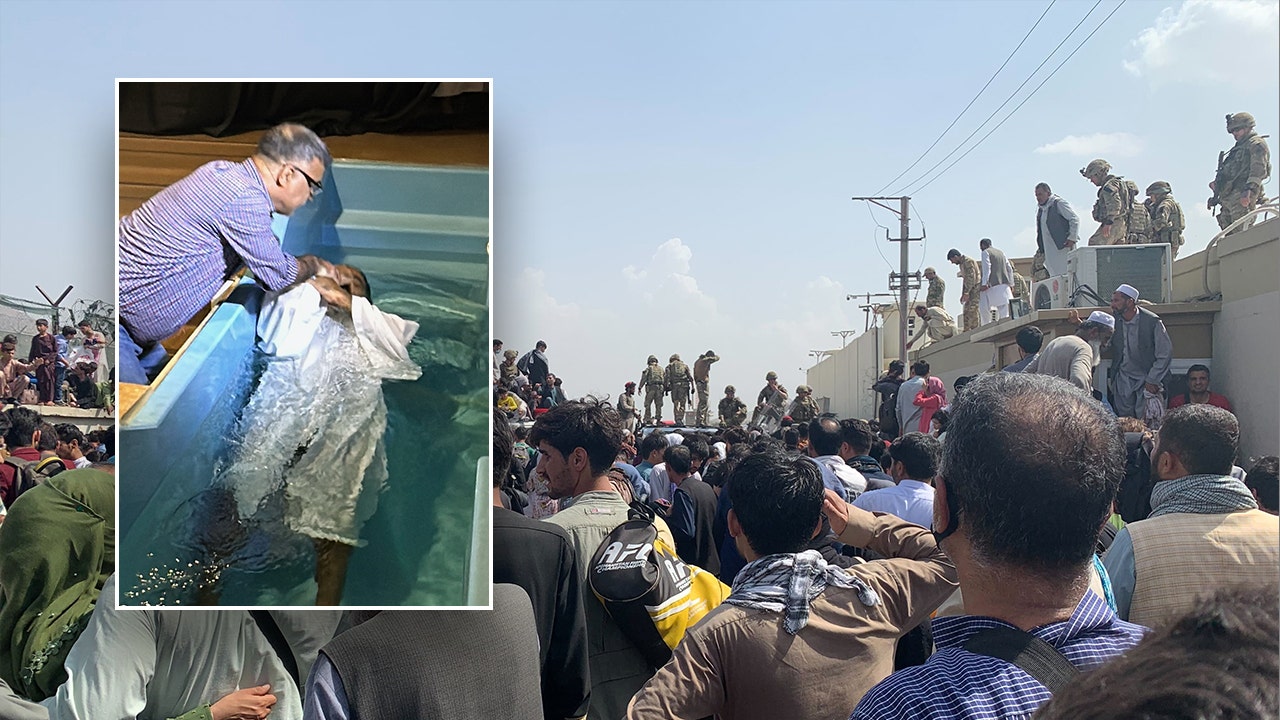
 Politics1 week ago
Politics1 week agoAfghan Christian pastor pleads with Trump, warns of Taliban revenge after admin revokes refugee protections
-
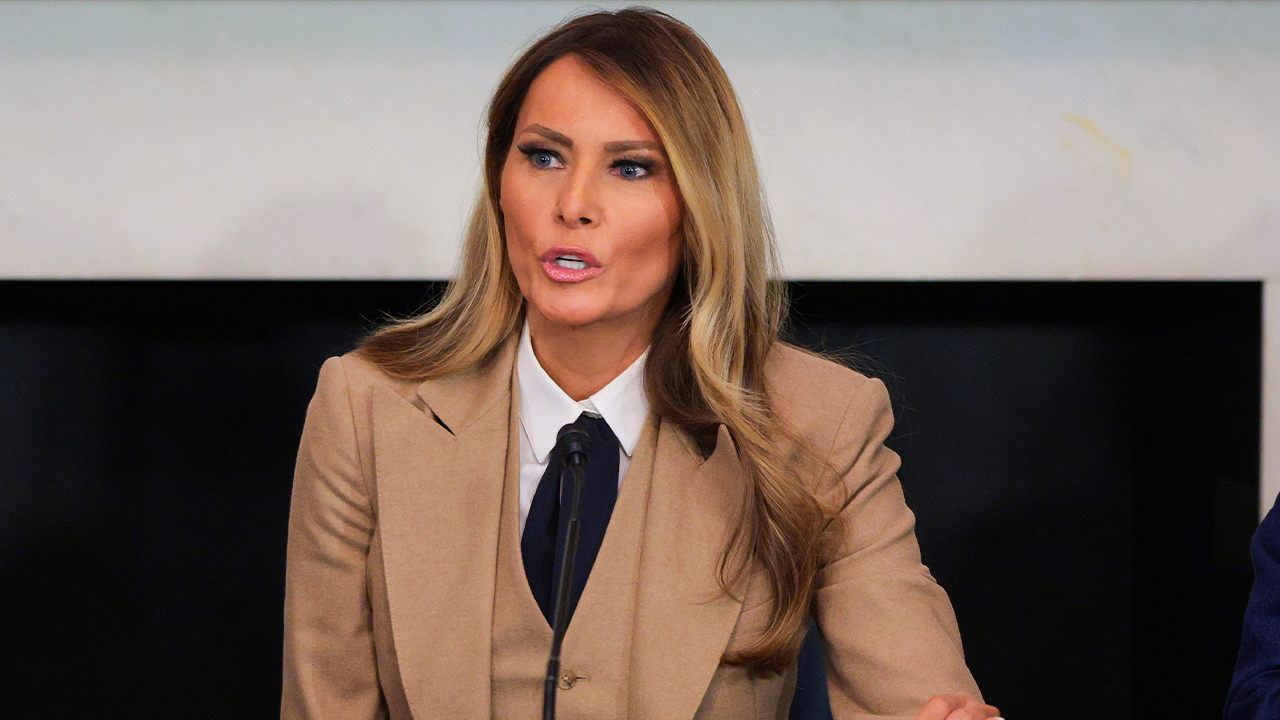
 Politics1 week ago
Politics1 week agoTrump, alongside first lady, to sign bill criminalizing revenge porn and AI deepfakes
-
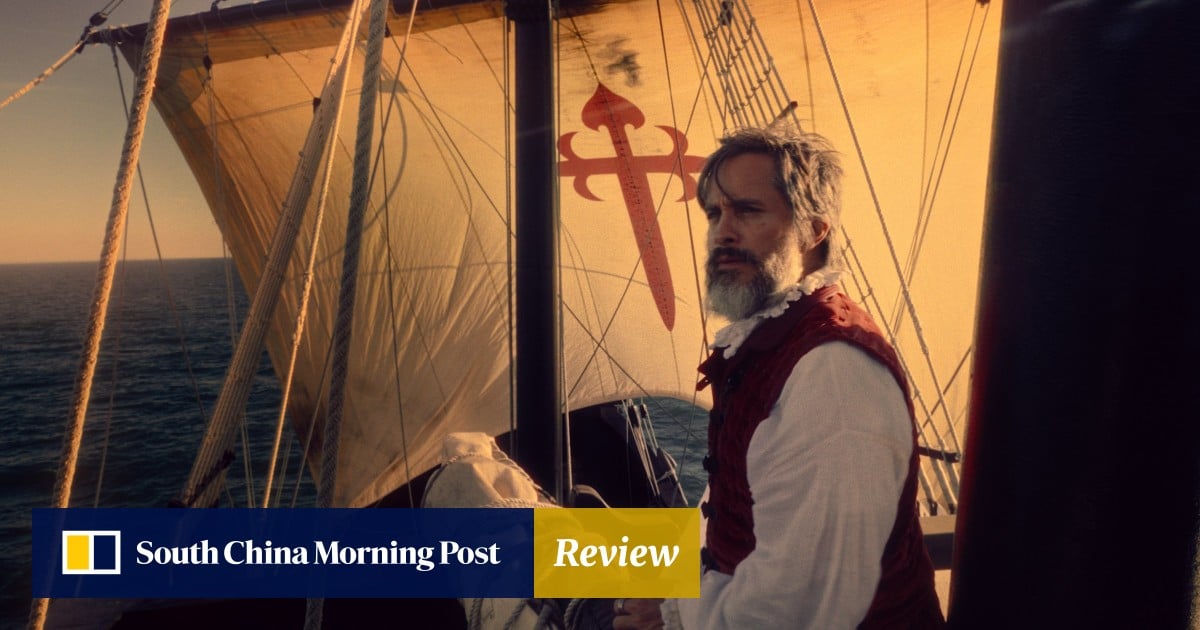
 Movie Reviews1 week ago
Movie Reviews1 week agoReview | Magellan, conqueror of Philippines, as we’ve never seen him before
-

 Education1 week ago
Education1 week agoHow Usher Writes a Commencement Speech
-
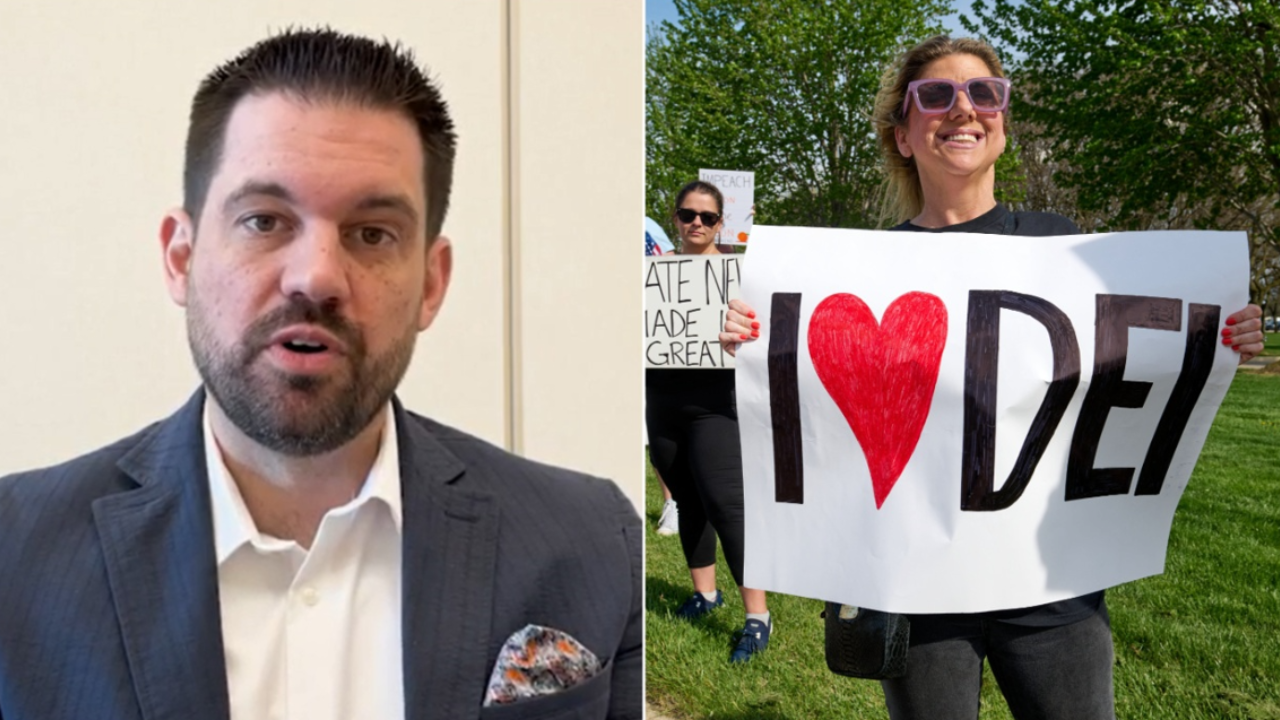
 Politics1 week ago
Politics1 week agoExpert reveals how companies are rebranding 'toxic' DEI policies to skirt Trump-era bans: 'New wrapper'
-
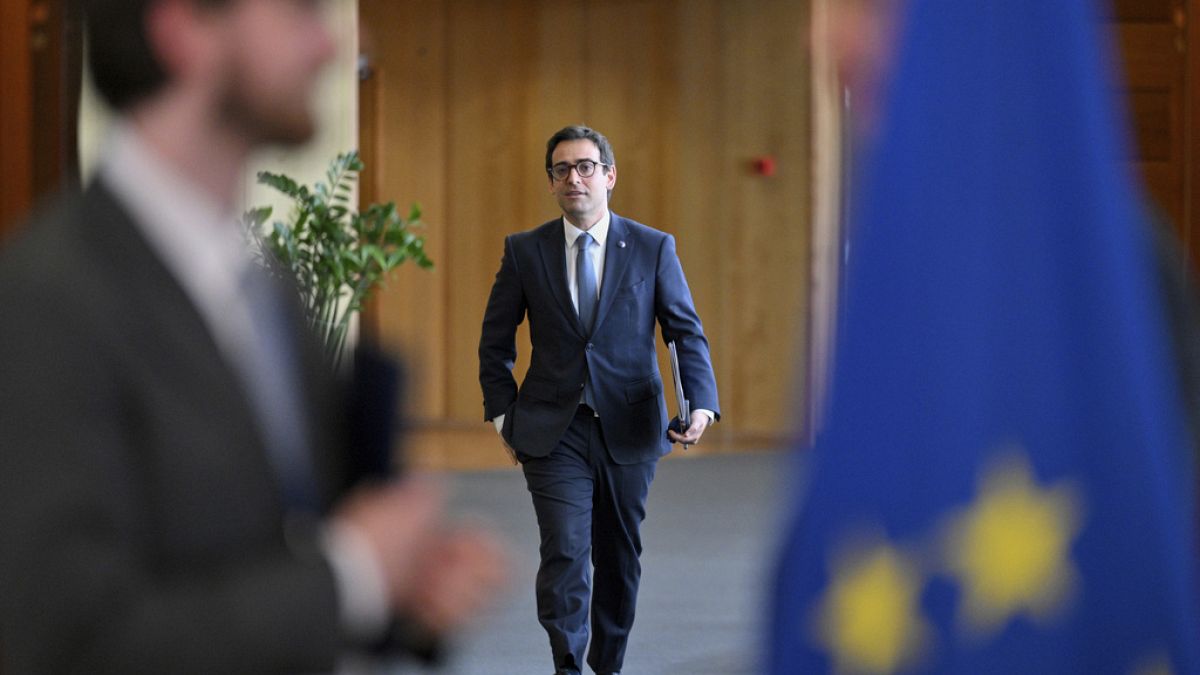
 World1 week ago
World1 week agoDigitisation fronts new Commission strategy to boost EU single market
